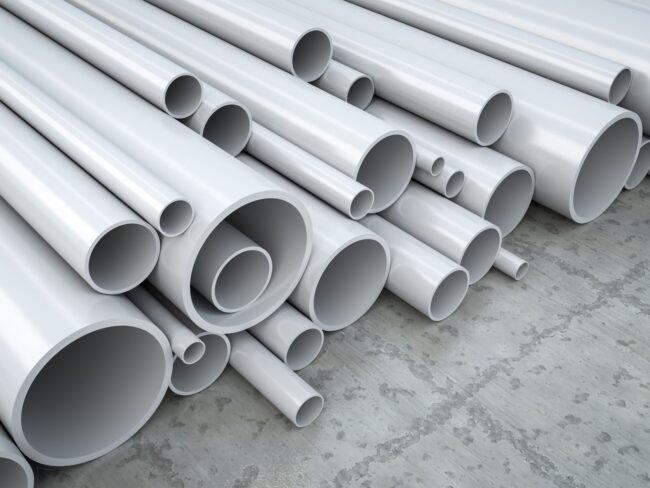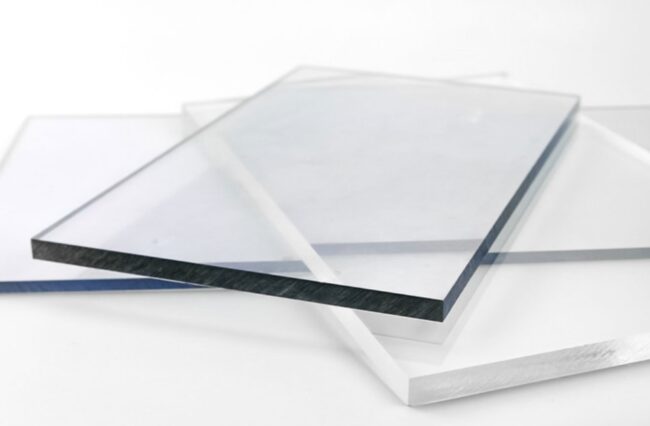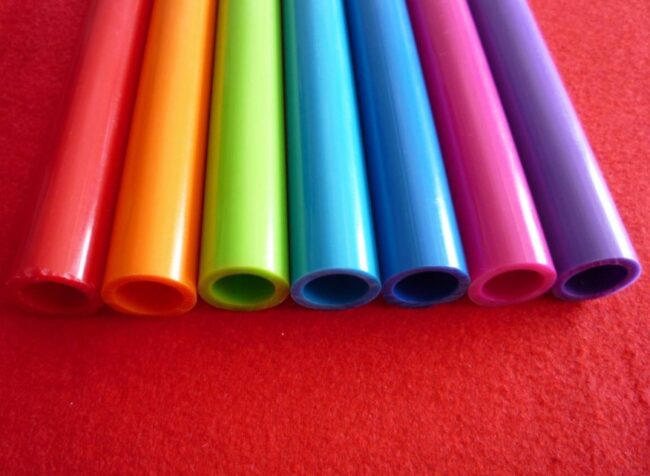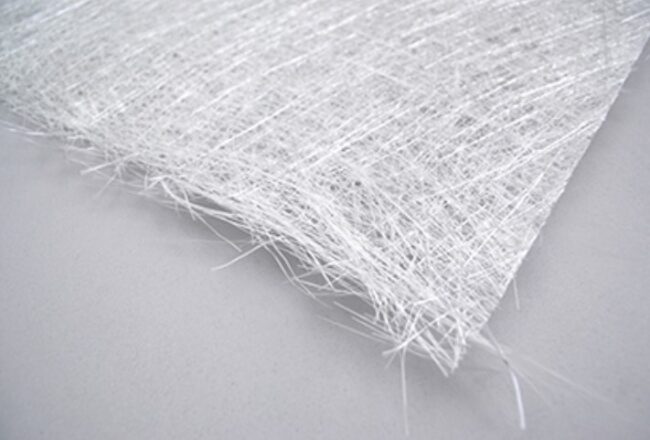Cutting items is always a troublesome task. The balance between speed and proper, clean cuts is often hard to balance out. Factor in the difficulty of cutting some tougher materials and you just received a huge pile of concerns on top of any actual cutting you have to do. Thankfully, the more effective and speedy cutters are becoming more affordable by the day, affording a clean cut at an acceptable cost.
The field of laser machine cutters is a varied one, varying from simple models capable of home use to complex machinery utilized in elaborate processes across different industries. Laser cutters excel at proper cutting of fine materials, tough substances, and plentiful other matter. The more common ones can be applied to wood, acrylic, cardboard, and paper while the fancier ones can penetrate metal with ease.
The biggest difference is often in the intensity of their laser which dictates the penetrative power of the item. Despite a wide array of materials that can be cut with the item, we should be even more cautious of those that can’t or won’t properly cut. Not only will an attempt at cutting them result in an inferior cut that may ruin the material itself, but it can also endanger your health. These materials jeopardize both the quality and safety of your work.
The quality is always important as improper segments of a project may easily cause the whole thing to fall in on itself, both figuratively and literally. Safety is a very important aspect of any work no matter whether you are on the clock or doing your own projects in the shed. Therefore, we’ve assembled a list of items that you should watch out for.
1. PVC

First on the list is PVC, Poly Vinyl Chloride. This is the type of material you see everywhere nowadays. The most frequent appearance is as windows and doors, due to some incredible isolating properties. Their application in drainage and water service pipes is another common as well as the apparent utility of this material.
Wherever you live it’s likely you have some parts of your house isolated by PVC and at times those may require alterations or proper fixes. If you plan to fix up your PVC items and need to cut something stay away from laser cutters. The reason is that cutting PVC releases chlorine gas. Chlorine gas is extremely dangerous and fumes resulting from cutting PVC can harm both you and the machine.
If the person exposes themselves to a higher concentration of chlorine gas for half an hour or less depending on the concentration, the results can be fatal. Apart from fatal effects, the number of clinical issues incurred by short-term exposure is long and not worth the risk. On top of personal health risks, the machine you are using will most likely have its optics ruined and the metal of the machine will start to corrode. It’s much safer and fruitful to simply cut PVC using mechanical means.
What’s fine to cut
As we’ve already noted there are some very prominent items you can cut without any issues. However, even when cutting them you should be careful. Sure, cardboard and paper will cut just fine, unless they are too flammable in which case you should avoid them, but some tougher materials need proper preparation.
Wood is a clear example and wood laser cutting is something you should learn more about before applying it. The same goes for metals as these can afford not only high resistance but have unique difficulties when being cut. This can vary from cuts being odd, metal compromising its shape, and many more. Ceramic and such items are very easy to treat with a laser cutter but only if its intensity is considerable enough otherwise you may cause damage to the material or the machine itself.
2. Thick polycarbonate materials

In the same vein, we have polycarbonates. These polymers are frequently used in engineering and construction due to being easy to mold, form, and alter. The items are also very resilient despite their transformable nature, often being used as materials for safety glasses.
Other, more apparent uses include polycarbonates as room dividers. A simple sheer of this material can be stretched across a large room to turn it into two. You may find this in apartments, office spaces, banks, or other locations which may require extra privacy that can be easily achieved with one of these room dividers. If you’ve purchased one such item and are thinking of adjusting its size do not use a laser cutter for it.
The cut will be very poor as polycarbonate strongly absorbs the infrared radiation that the laser cutters use, rendering it a lot less effective. On top of this, the item will usually come out discolored and in extreme cases, it may even catch fire. The safety we mentioned before still stands and causing a fire is far from keeping safe. As with PVC, stick to mechanical tools.
3. ABS (Acrylonitrile butadiene styrene)

Following the past material, we have another polymer. This one is Acrylonitrile butadiene styrene, a common thermoplastic polymer. The uses of ABS go from lego toys to electronic housing. The material is highly applicable in many industries. The frequency of its use means it’s even more likely to end up on the cutting table eventually.
The first issue that we run into is that ABS does not cut well with a laser cutter. It often melts or catches fire, resulting in a ruined item and workbench. On top of it all, it is dangerous due to emitting cyanide gas. The gas is highly dangerous and may cause heavy health issues or even result in a fatal outcome.
4. Fiberglass

The wide usage of fiberglass makes it visible everywhere. Roofing, bathtubs, even boats. These items all utilize fiberglass due to its lightweight and strong qualities. On top of that, it can easily be molded into complex shapes to suit any need.
However, it doesn’t do so well with laser cutters. The laser cutters are unable to properly cut glass and epoxy resin, which is why fiberglass is increasingly impossible to cut as a mix of the two materials.
The resin content will also release fumes, endangering the machine and you while the glass component is extremely hard to penetrate due to its reflective properties and will likely get scratched out rather than cut.
Some other materials to avoid
Along with the above materials, some types of foam can easily catch fire when used. These include PolyStyrene and PolyPropylene foam, the former being the number one material that causes laser fires.
The milk bottle plastic is another easily flammable material that has the added hampering factor of melting. Even if you somehow don’t light the piece on fire for a small cut, you’ll still be left with a gooey, useless material. As we’ve mentioned with fiberglass, any type of resin is out of the question as they burn and emit fumes.
There are more materials and considering the sheer number of available ones out in the world it’d be difficult to summarize the issues of laser cutting them all. We’ve selected these very dangerous and prominent ones but keep in mind that you should always double-check whether an item is good for cutting before actually doing it.
